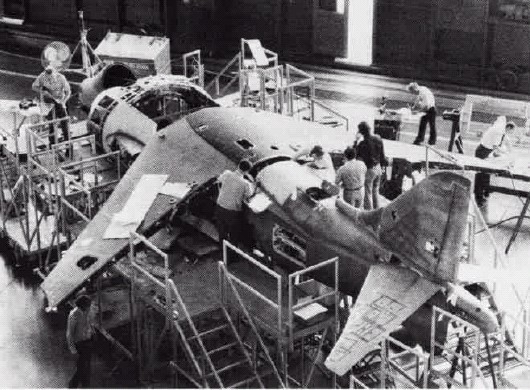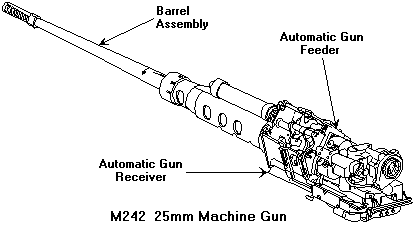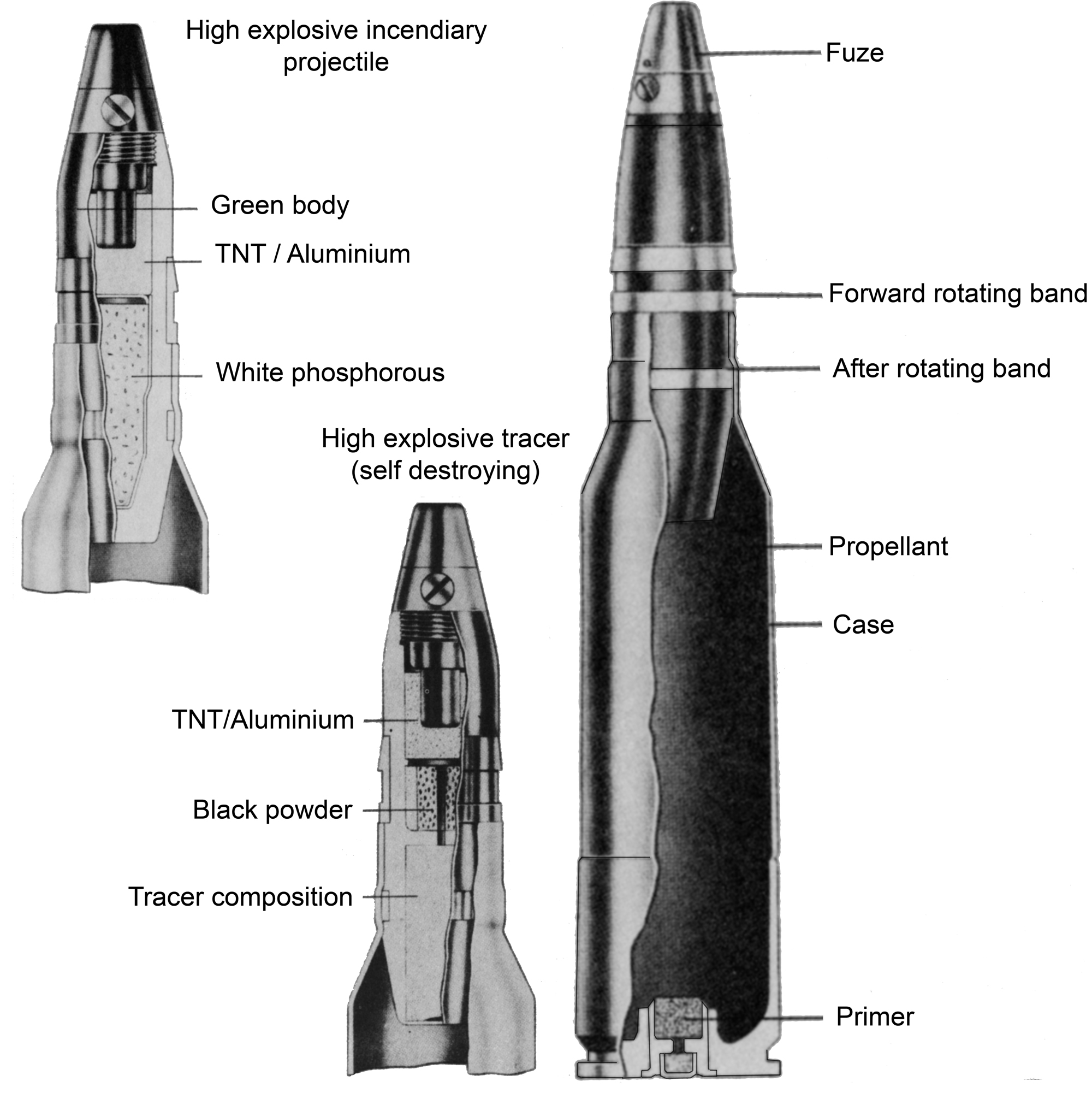|
USS Boxer (LHD-4)
USS ''Boxer'' (LHD-4) is a of the United States Navy. She is the sixth U.S. ship to bear the name of the original HMS ''Boxer'', which was captured from the British during the War of 1812. Construction and career ''Boxer'' was constructed at Ingalls Shipbuilding, Pascagoula, Mississippi, launched 13 August 1993, and commissioned 11 February 1995. She immediately left for San Diego, California, via the Panama Canal. Although she had been designed to safely transit the canal, her bridge wing and other smaller components were sheared off in the transit. After minor repairs and system checkout, ''Boxer'' deployed to the Western Pacific from 24 March 1997 to 24 September 1997, along with and , and visited many foreign ports of call. ''Boxer'' also participated in RIMPAC the following year, then on 5 December 1998 deployed again to the Western Pacific. ''Boxer'' deployed again to the Western Pacific, Persian Gulf and Red Sea on 14 March 2001 in support of Operation Southern ... [...More Info...] [...Related Items...] OR: [Wikipedia] [Google] [Baidu] |
Ingalls Shipbuilding
Ingalls Shipbuilding is a shipyard located in Pascagoula, Mississippi, United States, originally established in 1938, and now part of Huntington Ingalls Industries, HII. It is a leading producer of ships for the United States Navy, and at 12,500 employees, the second largest private employer in Mississippi. History In 1938, Ingalls Shipbuilding Corporation was founded by Robert Ingersoll Ingalls Sr. (1882–1951) of Birmingham, Alabama, on the East Bank of the Pascagoula River in Mississippi.Fact Sheet Northrop Grumman Shipbuilding. Retrieved 2009-09-23 Ingalls was located where the Pascagoula River runs into the Gulf of Mexico. It started out building Merchant ship, commercial ships including , which took part in Liberty Fleet Day (Victory Fleet Day), Liberty Fleet Day on 27 September 1941. In the 1950s, Ing ... [...More Info...] [...Related Items...] OR: [Wikipedia] [Google] [Baidu] |
F-35B Lightning II
The Lockheed Martin F-35 Lightning II is an American family of single-seat, single-engine, all-weather stealth multirole combat aircraft that is intended to perform both air superiority and strike missions. It is also able to provide electronic warfare and intelligence, surveillance, and reconnaissance capabilities. Lockheed Martin is the prime F-35 contractor, with principal partners Northrop Grumman and BAE Systems. The aircraft has three main variants: the conventional takeoff and landing (CTOL) F-35A, the short take-off and vertical-landing (STOVL) F-35B, and the carrier-based (CV/ CATOBAR) F-35C. The aircraft descends from the Lockheed Martin X-35, which in 2001 beat the Boeing X-32 to win the Joint Strike Fighter (JSF) program. Its development is principally funded by the United States, with additional funding from program partner countries from NATO and close U.S. allies, including the United Kingdom, Australia, Canada, Italy, Norway, Denmark, the Netherlands, an ... [...More Info...] [...Related Items...] OR: [Wikipedia] [Google] [Baidu] |
Ground-attack Aircraft
An attack aircraft, strike aircraft, or attack bomber is a tactical military aircraft that has a primary role of carrying out airstrikes with greater precision than bombers, and is prepared to encounter strong low-level air defenses while pressing the attack.Mortensen 1987, pp. 24–25. This class of aircraft is designed mostly for close air support and naval air-to-surface missions, overlapping the tactical bomber mission. Designs dedicated to non-naval roles are often known as ground-attack aircraft.Gunston 2009, p. 73. Fighter aircraft often carry out the attack role, although they would not be considered attack aircraft ''per se'', although fighter-bomber conversions of those same aircraft would be considered part of the class. Strike fighters, which have effectively replaced the fighter-bomber and light bomber concepts, also differ little from the broad concept of an attack aircraft. The dedicated attack aircraft as a separate class existed primarily during and after Worl ... [...More Info...] [...Related Items...] OR: [Wikipedia] [Google] [Baidu] |
AV-8B Harrier II
The McDonnell Douglas (now Boeing) AV-8B Harrier II is a single-engine ground-attack aircraft that constitutes the second generation of the Harrier family, capable of vertical or short takeoff and landing (V/STOL). The aircraft is primarily employed on light attack or multi-role missions, ranging from close air support of ground troops to armed reconnaissance. The AV-8B is used by the United States Marine Corps (USMC), the Spanish Navy, and the Italian Navy. A variant of the AV-8B, the British Aerospace Harrier II, was developed for the British military, while another, the TAV-8B, is a dedicated two-seat trainer. The project that eventually led to the AV-8B's creation started in the early 1970s as a cooperative effort between the United States and United Kingdom, aimed at addressing the operational inadequacies of the first-generation Hawker Siddeley Harrier. Early efforts centered on a larger, more powerful Pegasus engine to dramatically improve the capabilities of the H ... [...More Info...] [...Related Items...] OR: [Wikipedia] [Google] [Baidu] |
M2 Browning Machine Gun
The M2 machine gun or Browning .50 caliber machine gun (informally, "Ma Deuce") is a heavy machine gun that was designed towards the end of World War I by John Browning. Its design is similar to Browning's earlier M1919 Browning machine gun, which was chambered for the .30-06 cartridge. The M2 uses Browning's larger and more powerful .50 BMG (12.7 mm) cartridge. The design has had many designations; the official U.S. military designation for the current infantry type is Browning Machine Gun, Cal. .50, M2, HB, Flexible. It is effective against infantry, unarmored or lightly armored vehicles and boats, light fortifications, and low-flying aircraft. The gun has been used extensively as a vehicle weapon and for aircraft armament by the United States since the 1930s. It was heavily used during World War II, the Korean War, the Vietnam War, the Falklands War, the Soviet–Afghan War, the Gulf War, the Iraq War, and the War in Afghanistan. It is the primary heavy machine gun of NATO ... [...More Info...] [...Related Items...] OR: [Wikipedia] [Google] [Baidu] |
50 BMG
The .50 Browning Machine Gun (.50 BMG, 12.7×99mm NATO and designated as the 50 Browning by the C.I.P.) is a caliber cartridge developed for the M2 Browning heavy machine gun in the late 1910s, entering official service in 1921. Under STANAG 4383, it is a standard service cartridge for NATO forces as well as many non-NATO countries. The cartridge itself has been made in many variants: multiple generations of regular ball, tracer, armor-piercing (AP), incendiary, and saboted sub-caliber rounds. The rounds intended for machine guns are made into a continuous belt using metallic links. The .50 BMG cartridge is also used in anti-materiel rifles. A wide variety of ammunition is available, and the availability of match grade ammunition has increased the usefulness of .50 caliber rifles by allowing more accurate fire than lower quality rounds. History In response to the need for new anti-aircraft weaponry during World War I, John Browning developed the .50 BMG. He wanted the ... [...More Info...] [...Related Items...] OR: [Wikipedia] [Google] [Baidu] |
Chain Gun
A chain gun is a type of autocannon or machine gun that uses an external source of power to cycle the weapon's action, rather than diverting excess energy from the cartridges' propellant as in a typical automatic firearm, and does so via a continuous loop of chain drive similar to that used on a motorcycle or bicycle. History In 1972, Hughes Helicopters began a company-funded research effort to design a single machine gun to fire the U.S. Army's M50 round. By April 1973, the program had fired test rounds in more powerful WECOM linked ammunition, from a prototype (A model). In January 1975 a model "C" was added, a linkless version for the proposed Advanced Attack Helicopter YAH-64; the helicopter was later adopted as the Hughes Model 77/AH-64A Apache, with the model C (receiving the designation M230 chain gun) as standard armament. In 1976, Hughes Helicopters successfully patented the chain gun, and it has since been further developed into several other system of different c ... [...More Info...] [...Related Items...] OR: [Wikipedia] [Google] [Baidu] |
M242 Bushmaster
The M242 Bushmaster chain gun is a 25 mm (25×137mm) single-barrel chain-driven autocannon. It is used extensively by the U.S. military, such as in the Bradley fighting vehicle, as well as by other NATO members and some other nations in ground combat vehicles and various watercraft. Hughes Helicopters in Culver City, California was the original designer and manufacturer. McDonnell Douglas Helicopters acquired Hughes Helicopters in 1985, and merged into Boeing Corporation in 1997. In 2002, it was sold again to Alliant Techsystems, which merged with Orbital Sciences Corporation in 2015 to form Orbital Science ATK and was, in turn, bought out by Northrop Grumman in 2018. , Northrop Grumman Innovation Systems produces the gun. It is an externally powered, chain-driven, single-barrel weapon, that may be fired in semi-automatic, burst, or automatic modes. It is fed by a metallic link belt and has dual-feed capability. The term "chain gun" derives from the use of a roller chain tha ... [...More Info...] [...Related Items...] OR: [Wikipedia] [Google] [Baidu] |
25 Mm Caliber
25 mm caliber is a specific size of popular autocannon ammunition. It has also been recently used for the Barrett XM109 anti-materiel rifle. Such ammunition includes the NATO-standard 25×137mm and 25×184mm, the Soviet 25x218mmSR, and the Chinese 25×183mmB. Usage The 25 mm round can be used in both an anti-materiel and anti-personnel fashion. When operating in the anti-personnel role, a 25 mm weapon armed with HE rounds can effectively kill large numbers of opposing troops either in the open or in light fortifications. When operating in the anti-materiel role, a 25 mm weapon armed with armor-piercing rounds can disable many aircraft and vehicles, including some main battle tanks. The US military uses 25 mm weapons in their AV-8B Harrier, AC-130 gunship, M2 Bradley, LAV-25, F-35 Lightning II and as a standard ship-based munition in the Mk 38 autocannon. Types of 25 mm ammunition Several sub-types of the NATO 25 mm ammunition are available—the most common ... [...More Info...] [...Related Items...] OR: [Wikipedia] [Google] [Baidu] |
Phalanx CIWS
The Phalanx CIWS (often spoken as "sea-wiz") is a gun-based close-in weapon system to defend military watercraft automatically against incoming threats such as aircraft, missiles, and small boats. It was designed and manufactured by the General Dynamics Corporation, Pomona Division,Thomas, Vincent C. ''The Almanac of Seapower 1987'' Navy League of the United States (1987) p.191 later a part of Raytheon. Consisting of a radar-guided Vulcan cannon mounted on a swiveling base, the Phalanx has been used by the United States Navy and the naval forces of 15 other countries. The US Navy deploys it on every class of surface combat ship, except the and . Other users include the British Royal Navy, the Royal Australian Navy, the Royal New Zealand Navy, the Royal Canadian Navy and the US Coast Guard (aboard its - and s). A land variant, the LPWS (Land Phalanx Weapon System), part of the C-RAM system, was developed. It was deployed to counter rocket, artillery and mortar attacks du ... [...More Info...] [...Related Items...] OR: [Wikipedia] [Google] [Baidu] |
RIM-7 Sea Sparrow
RIM-7 Sea Sparrow is a U.S. ship-borne short-range anti-aircraft and anti-missile weapon system, primarily intended for defense against anti-ship missiles. The system was developed in the early 1960s from the AIM-7 Sparrow air-to-air missile as a lightweight "point-defense" weapon that could be retrofitted to existing ships as quickly as possible, often in place of existing gun-based anti-aircraft weapons. In this incarnation, it was a very simple system guided by a manually aimed radar illuminator. After its introduction, the system underwent significant development into an automated system similar to other US Navy missiles like the RIM-2 Terrier. Contemporary improvements being made to the Sparrow for the air-to-air role led to similar improvements in the Sea Sparrow through the 1970s and 80s. After that point the air-to-air role passed to the AIM-120 AMRAAM and the Sea Sparrow underwent a series of upgrades strictly for the naval role. It now resembles the AIM-7 only in general ... [...More Info...] [...Related Items...] OR: [Wikipedia] [Google] [Baidu] |









